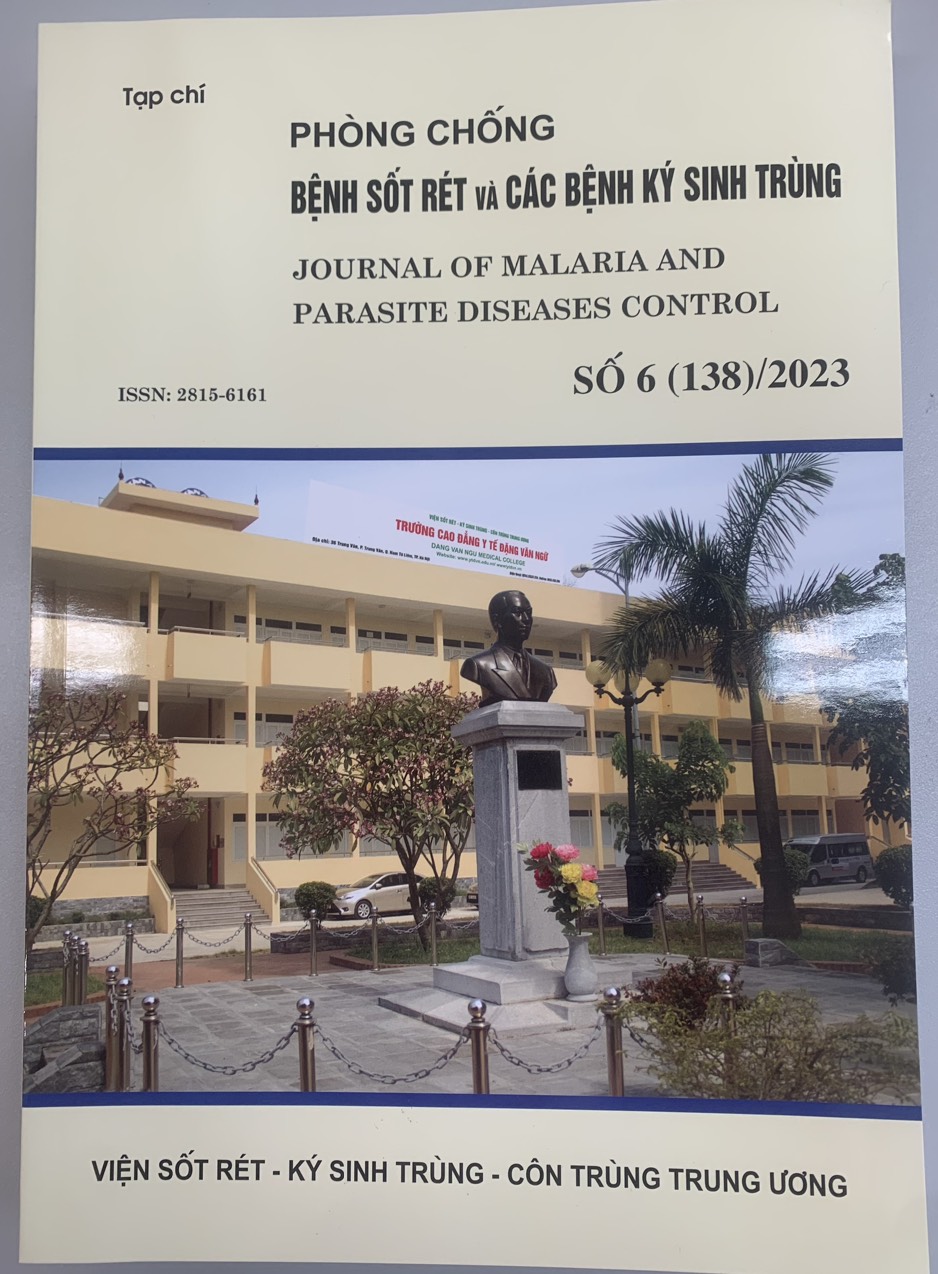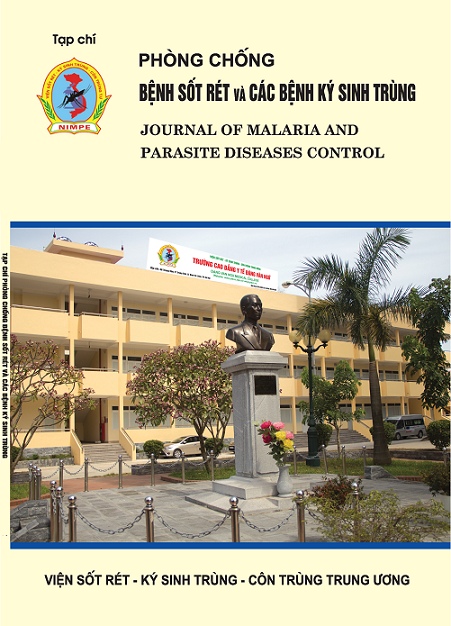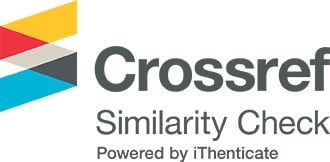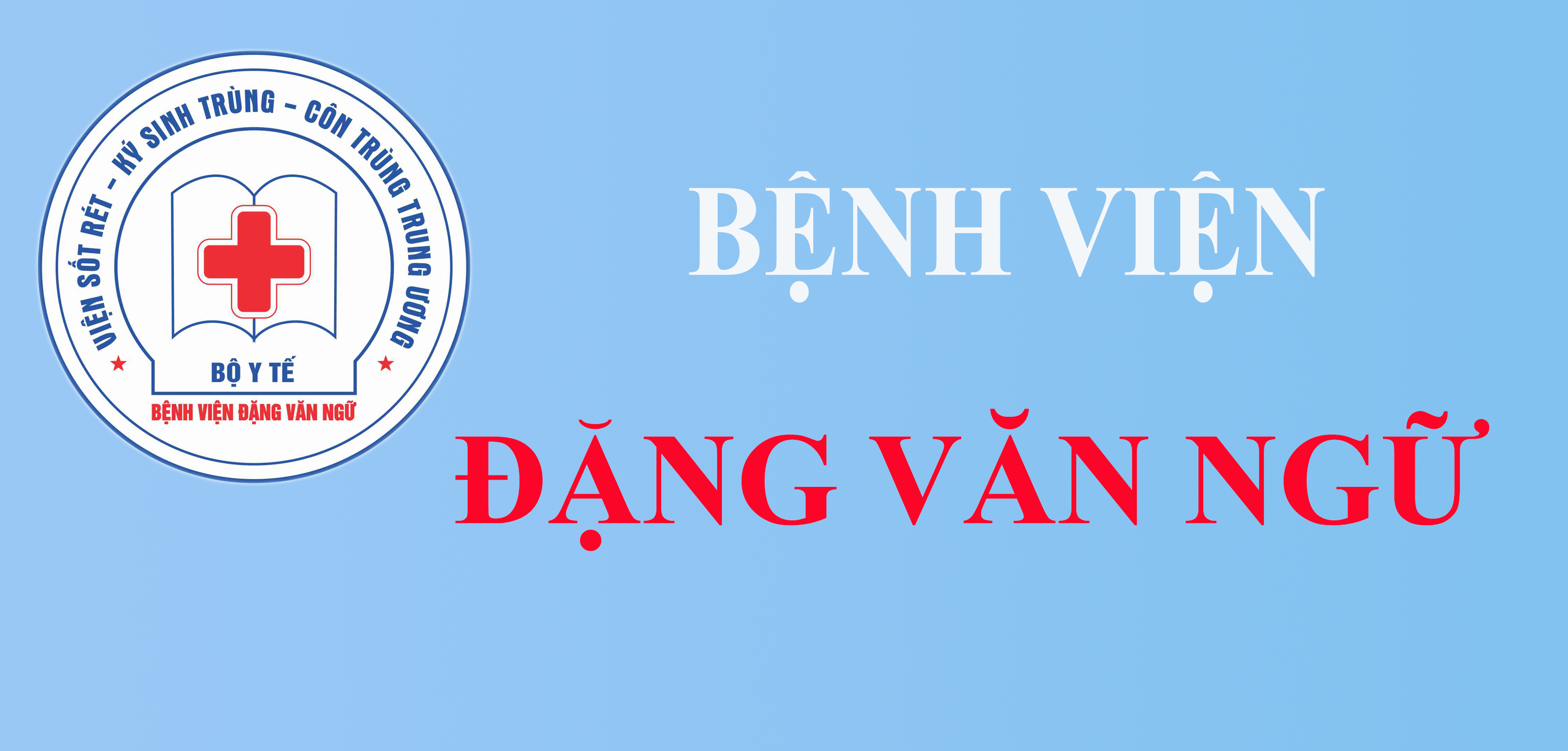APPLYING A 2X STRATEGY FOR DETECTING ACTIVE TUBERCULOSIS IN CHILDREN FROM VIETNAM NATIONAL CHILDREN'S HOSPITAL IN 2022
Tóm tắt
The study was conducted to describe the distribution of active tuberculosis through the 2X strategy in children at Vietnam National Children’s Hospital in 2022. Materials and methods: We run a randomized trial on children under the age of 16 to determine the changing outcomes when applying the 2X screening model. Children have one of the following symptoms suspected of tuberculosis: cough, fever for more than 2 weeks, night sweats, weight loss/no weight gain, reduced activities for more than 2 weeks, brain/meningeal syndrome, or previous exposure to tuberculosis cases in the past 24 months. Through screening 6515 patients using the 2X screening method and clinical diagnosis, we had 40 patients diagnosed with tuberculosis, of which pulmonary tuberculosis: 32 patients, meningeal tuberculosis 9 patients, and 5 patients with multiorgan tuberculosis. The detection rate increased from 0.5% (the rate of natural tuberculosis) to 0.61% (40/6515). In pulmonary and pleural tuberculosis: the most common clinical symptoms are fever (100%), weight loss (68.8%), night sweats (43.8%), productive cough (46 .9%), chest pain (15.6%), difficulty breathing (6.3%). Lung lesions: parenchymal infiltration (65.6%), pleural effusion (34.4%), and consolidation (21.9%). Less common: nodules, miliary tuberculosis, tuberculous caverns, and inflammation of the interlobular septa. Lung CT specifically detects hilar lymph node damage at a rate of up to 57.1%, much higher than a chest X-ray. In the meningeal tuberculosis group: common clinical manifestations are fever (100%), headache/irritability (89%), meningeal syndrome (67%)
Tài liệu tham khảo
J.-I. C. Woo Sun Kim, Jung-Eun Cheon, In-One Kim, Kyung Mo Yeon, and Hoan Jong Lee (2006). Pulmonary Tuberculosis in Infants: Radiographic and CT Findings. American Journal of roentgenology,187.
![]()
M. S. Moon, S. S. Kim, H. L. Moon et al (2017). Mycobacterium Tuberculosis in Spinal Tuberculosis. Asian Spine J, 11 (1), 138-149.
![]()
A. M. Surendra K. Sharma (2021). Miliary Tuberculosis. Tuberculosis and Nontuberculous Mycobacterial Infections, Sixth Edition.
![]()
Israni, D. A. Dave, A. Mandal et al (2016). Tubercular meningitis in children: Clinical, pathological, and radiological profile and factors associated with mortality. J Neurosci Rural Pract, 7 (3), 400-404.
![]()
A. Yaramiş, F. Gurkan, M. Elevli et al (1998). Central nervous system tuberculosis in children: a review of 214 cases. Pediatrics, 102 (5), E49.
![]()
N. D. Bang, M. Caws, T. T. Truc et al (2016). Clinical presentations, diagnosis, mortality and prognostic markers of tuberculous meningitis in Vietnamese children: a prospective descriptive study. BMC Infect Dis, 16 (1), 573.
![]()
G. A. Agrons, R. I. Markowitz and S. S. Kramer (1993). Pulmonary tuberculosis in children. Semin Roentgenol, 28 (2), 158-172.
![]()









